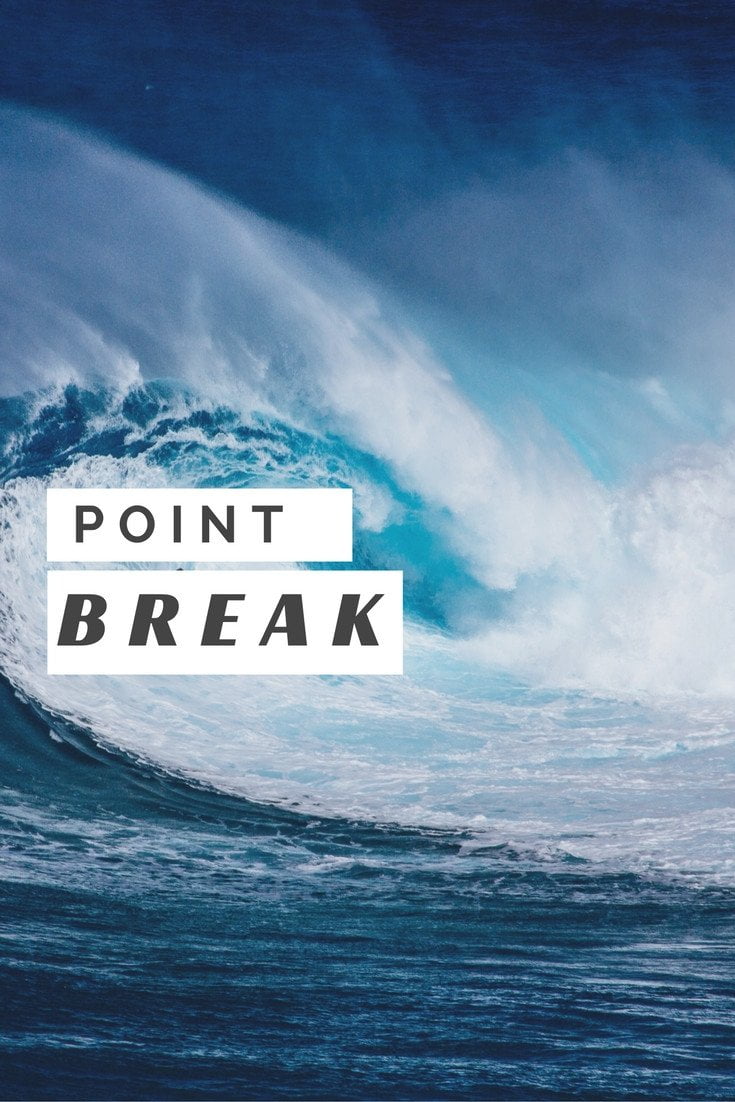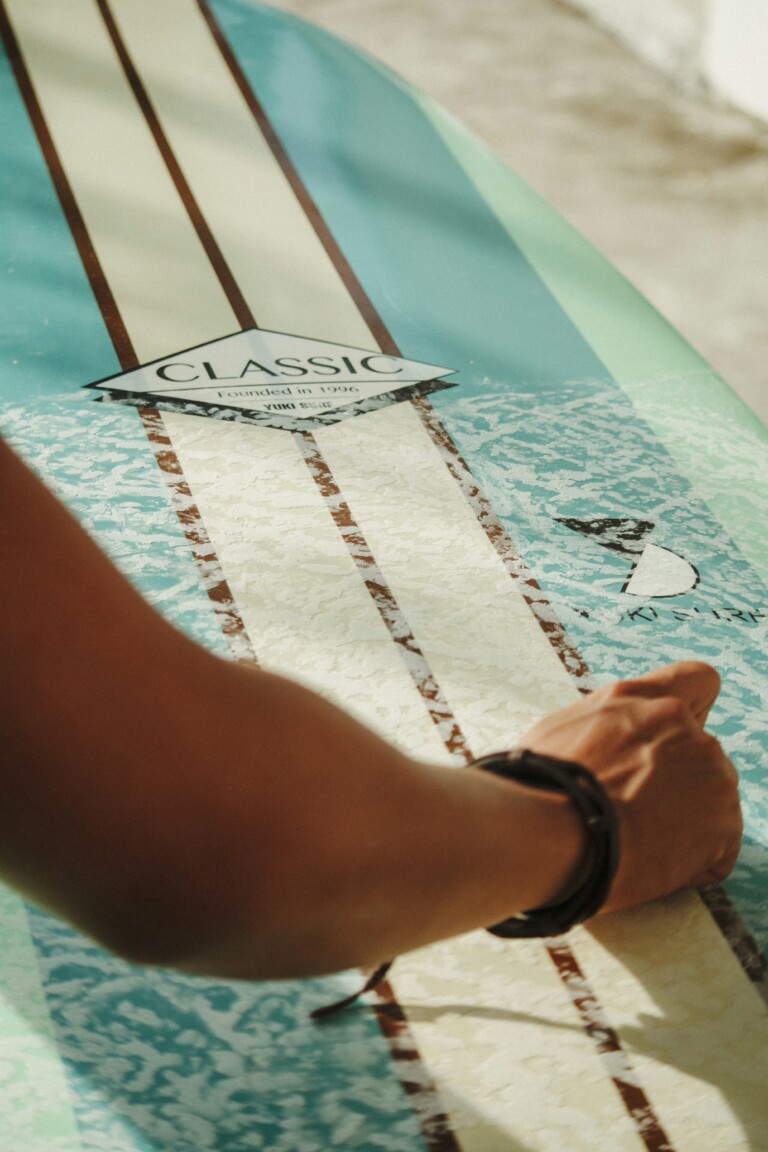Now, a sea floor of a typical beach has a sandy bottom. The depth of the ocean water gradually gets deeper as you move further out, and most average beach breaks usually close out. This occurs when the entire wave breaks at one time which doesn’t leave you with a shoulder to surf on. You will learn a lot about surfing by reading about The different types of breaks (beach, reef, point…, etc.)
BEACH BREAK
It doesn’t mean that beach breaks aren’t fun, it’s just dependent on the tide, the direction of the swell, and sand bars. Take this into consideration and you’re sure to find a great wave to surf. Beach breaks can produce waves have fast punchy hollow barrels or slow rippable open face shoulders. It’s possible for both types of breaks to occur, depending on the wind and tide, at different times of the day.
However, waters that have deep underwater canyons create waves that are much more powerful than a typical beach break. Southwest France and La Jolla, California waters produce wave breaks such as this.
POINT BREAK
When I mention Point Break, I’m not talking about the movie starring Keanu Reeves (however, that was a great movie), a point break happens when there’s a point at which the waves wraps along the edge of the coastline which allows the surfer to experience a long and epic ride, as long as they can hold on. Northern Peru holds the title for the longest point break in the world. Cristobal de Col, a Peruvian surfer, holds the Guinness Book of World Records title for the most turns completed on a single wave, a grand total of 34.
REEF BREAK
What’s a Reef Break? Most consider this type of break very dangerous because the water is breaking against the coral reef. Two types of reefs are rock and coral. Rock reefs are more forgiving, are mostly covered in sea grass, if you make contact with one. Anytime you’re surfing on a rock reef watch for sea urchins and don’t make a habit of kicking off from the rocks.
The best way to identify a dry rock or coral reef you’re surfing is to be on the lookout for boils within the water. This will let you know that the reef is either dry or exposed. Crashing into a dry reef is one of the worst things that can happen. These break types are for an experienced surfer, not for anyone that’s starting out.
















